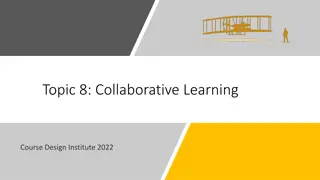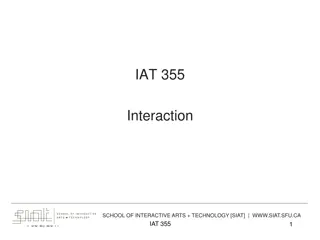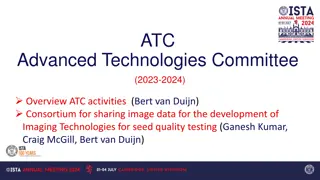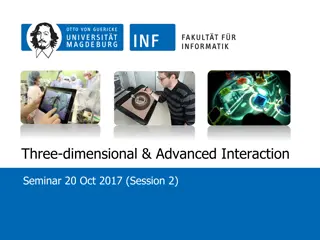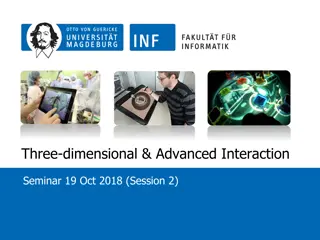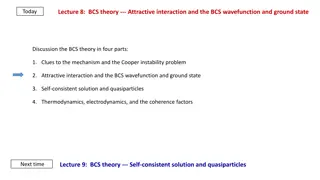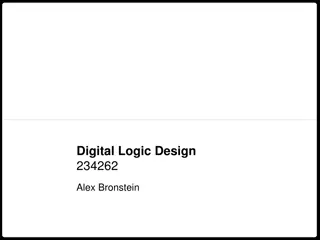
Design of Technologies for Collaborative Interaction
In this research exercise, students delve into field research methods for designing technology aimed at enhancing collaborative interactions. The tasks include data collection, stakeholder mapping, user observation, and network analysis.
Download Presentation

Please find below an Image/Link to download the presentation.
The content on the website is provided AS IS for your information and personal use only. It may not be sold, licensed, or shared on other websites without obtaining consent from the author. If you encounter any issues during the download, it is possible that the publisher has removed the file from their server.
You are allowed to download the files provided on this website for personal or commercial use, subject to the condition that they are used lawfully. All files are the property of their respective owners.
The content on the website is provided AS IS for your information and personal use only. It may not be sold, licensed, or shared on other websites without obtaining consent from the author.
E N D
Presentation Transcript
U User Research in the Design of ser Research in the Design of Technologies for Technologies for Collaborative Interaction Interaction - - Exercise Collaborative Exercise https://tedco.se/
Summary Summary & Learning & Learning goals goals The students work practically with relevant factors for performing field research when designing technology for collaborative interaction, using different types of methods (ethnography, artifact ecology, and network analysis). LEARNING GOALS Students will be able to: apply three types of methods for doing field research in the design of technology for collaborative interaction. reflect on practical aspects of doing field research for collaborative interaction.
Exercise Exercise Collect data to meet the needs set by the design brief. What do people do? What do people want? What is important for people (values)? To Do: 1. Plan your strategy Make a stakeholder mapping Observe & Interview people Make an artefact ecology analysis Make a positional and relational network analysis Think about: Questions to ask. What is important? How will you get the right kind of information? Documentation? 2. Execute the plan Do not design or ideate focus on gathering information!
Design Design brief brief ( (example example) ) A large shopping center has hired YOU to design some collaborative technology to improve the shopping experience for pairs and groups of people visiting the center (or replace this design brief with your own)
Report Report in Class in Class 1st slide - Stakeholder map who are the direct and indirect stakeholders 2nd slide - Strategy and aim for user research what did you do and why 3rd slide - What did you learn about users 4th slide Reflect: What else could you do, or do different next time Keep it short and to the point!
References References & & Recommended Recommended reading reading Sharp, Preece, & Rogers. 2019. Interaction Design: Beyond Human- Computer Interaction. Chapter 8. John Wiley & Sons. ISBN: 111954730X, 9781119547303 Martin, David & Rodden, Tom & Rouncefield, Mark & Sommerville, Ian & Viller, Stephen. (2001). Finding Patterns in the Fieldwork. DOI: 10.1007/0-306-48019-0_3.
Disclaimer: The European Commission's support for the production of this publication does not constitute an endorsement of the contents, which reflect the views only of the authors, and the Commission cannot be held responsible for any use which may be made of the information contained therein https://tedco.se/










